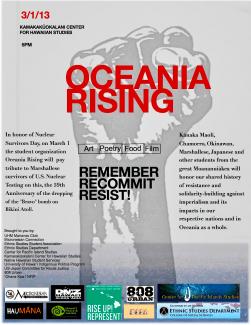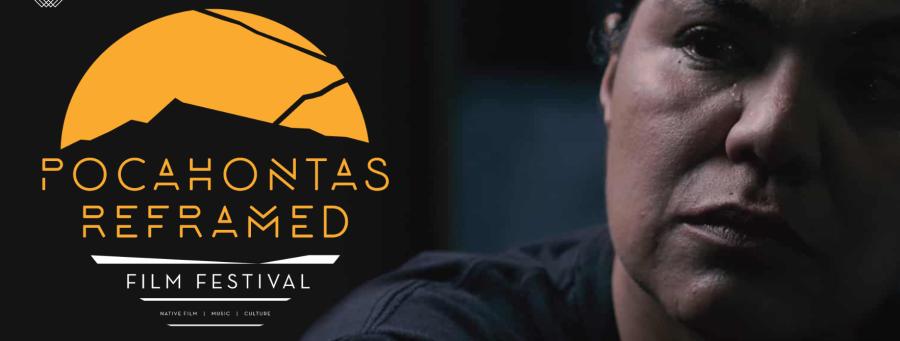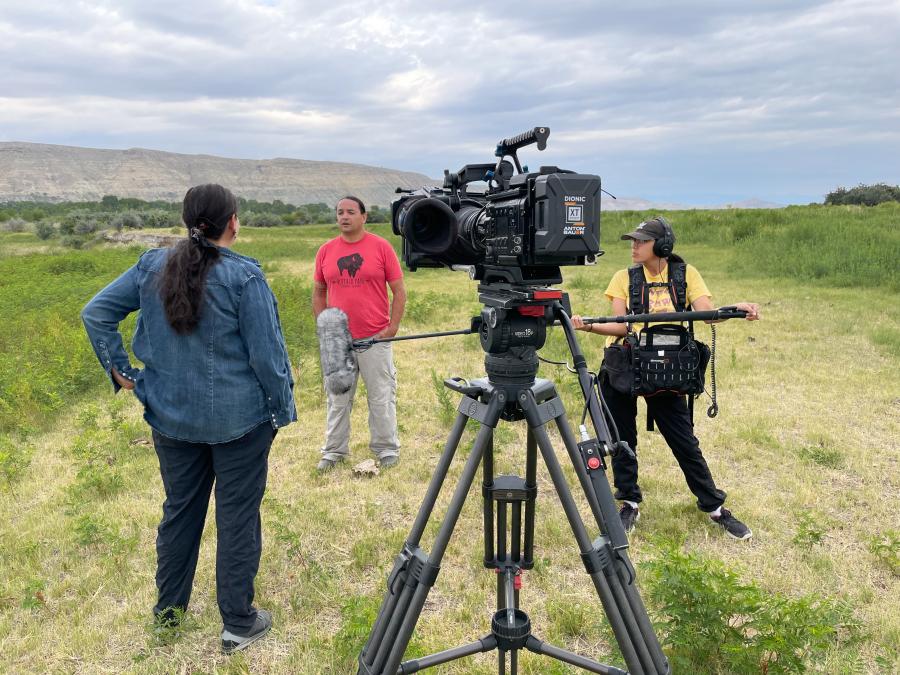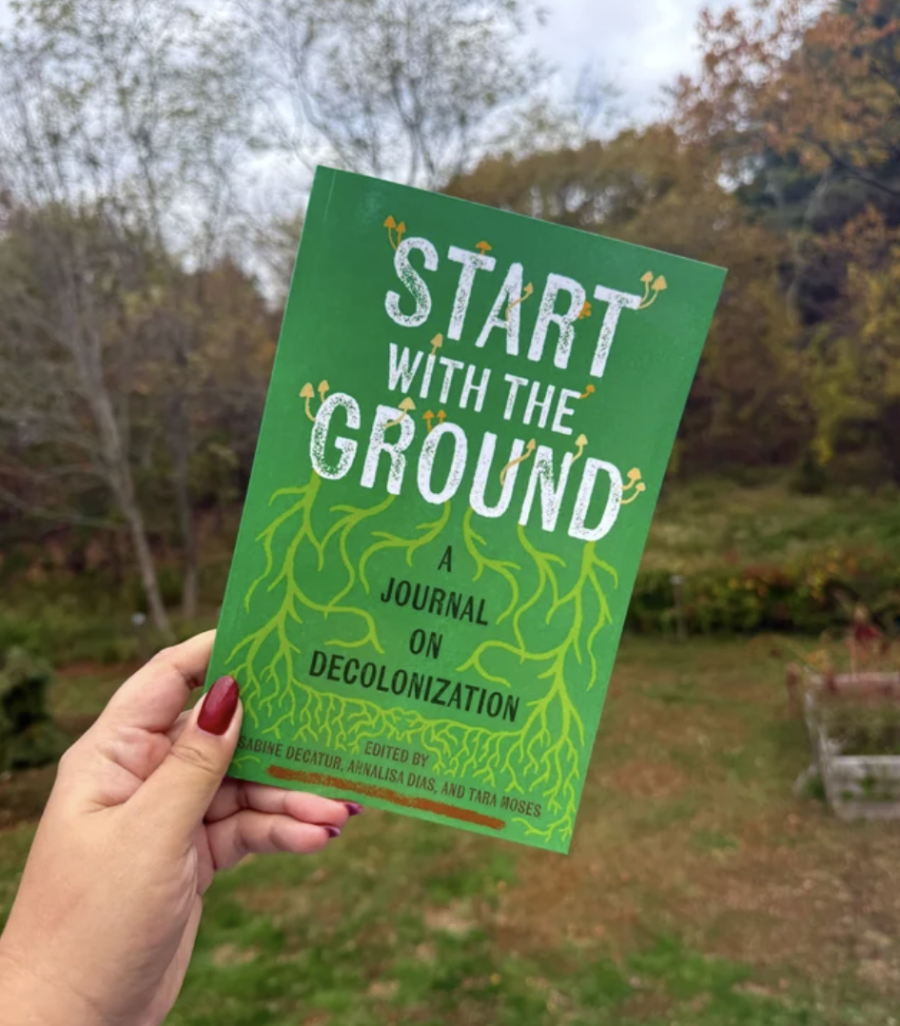
On November 7, 1946, Washington’s high society and military leaders celebrated the US nuclear bomb testing at Bikini Atoll in the US-controlled Marshall Islands, having removed its Indigenous inhabitants from their land and poisoned surrounding earth and sea for generations to come. In the wake of this destruction, the occasion of unleashing this most toxic tool of war was “commemorated” with an atom bomb cake and smiles all around. But for the Marshall Islanders, disease, deformity, dispossession, and death were all they would know of the mushroom cloud’s aftermath. It was—and remains—nothing to smile about.
The history of colonization and foreign militarization among the island groups collectively known as Micronesia is shared in significant respects with the islands of Hawai’i. And so perhaps it is fitting that the Indigenous Chamorro of Guam, known in their language as Guåhan, as well as those from the Marshall Islands and the Federated States of Micronesia, have been coming to Hawai’i—many for education, healthcare, and somewhat incongruously, military service. Oceania Rising, a group of young pan-Pacific students at the University of Hawai’i at Manoa, has brought young leaders among Micronesian youth together with Kanaka Maoli (Native Hawai’ians) and other Indigenous Pacific Peoples to rise up in a singular voice to challenge the order of things. “We don’t want to just tell people a bunch of facts,” explains Oceania Rising member Kenneth Golfigan Kuper of the Marianas Island of Guahan. “What we do, it’s like this call and response, flash mob kind of engagement with an audience in order to communicate a message with power, with dynamism and emotion. We use movement, we use the space and a sense of place to convey this unity in people’s minds… to fuel you, the audience.”
Today, some 60 years after the destruction at Bikini Atoll, US military presence in the Pacific remains strong. Both the Marshall and Marianas Islands groups remain under US control, and their Indigenous Peoples without a form of selfgovernance that does not answer to United States interests. These islands, along with the now independent countries of the Federated States of Micronesia, Kiribati, and Palau, have been identified by the European-imposed collective term of Micronesia, meaning “tiny islands”—though Pacific author and scholar Epeli Hau’ofa argued that the region would be better articulated as a “sea of islands” comprising a vast, interconnected continent of Oceania. The islands have experienced centuries of interference by the expansionist goals of Spain, Germany, Japan, Britain, and finally, the United States. Being imagined as remote and insignificant, they have been abused as battlegrounds, bomb testing sites, and military zones, with the Marshalls and Marianas (particularly the island of Guam) most affected. Oceania Rising’s mission is often expressed in a threeword mantra: Remember, Resist, and Recommit. At the Waves of Change Symposium, they joined in a performative protest; members stood up from different points in the audience to speak out about something personal and powerful, referencing one of the R’s, and later invited others in the crowd to join in.
REMEMBER: We remember a time, when our ancestors fought against colonizers, and we had agency and control over our resources, living by our traditions.
RECOMMIT: We recommit to speaking our Indigenous tongues, so that our children may speak through their ancestors and our language can flourish throughout all our lands.
RESIST: We resist the US military taking our lands, the legacy of our colonial history and being second-class citizens on our own islands. — Oceania Rising chant
Because both the Marshall and Marianas Islands groups remain under US control, their peoples continue to confront the destabilization of their cultures. “Our parents and grandparents were told not to speak Chamorro, and there were all sorts of policies and laws put into practice so that it was demonized,” says Jessi Lujan Bennett, a graduate student at the Center for Pacific Islands Studies. Only when she arrived in Hawai’i did she begin her journey to reclaim Chamorro fluency. For those raised on their islands, the prospect was no less challenging. As Francine Naputi, a masters student in public health and part of Oceania Rising recounts, “I grew up hearing Chamorro all the time, and both my parents are fluent in it. But I never really understood the urgency to learn it—until I came out here to Hawai’i.” Now, she says, “Hearing our language spoken here in Hawai’i helps me deal with the homesickness, and makes me feel that connection.”
In Hawai’i, some have faced discrimination for being Micronesian—including, they say, from Native Hawai’ians. Marshallese poet Kathy Jetnil-Kijiner, who was raised on her native Majuro Island in the Marshalls as well as in Hawai’i recalls, “I grew up with a lot of racism directed toward me from here, and I had a lot of anger for a while. I was encouraged to ‘fit in’ and to speak more English.” She notes with palpable frustration, “Micronesians have a shared colonial experience with Native Hawai’ians, but unfortunately not many people know that history.” It is in acknowledging this history and expressing solidarity that Kenneth Golfigan Kuper sees the great potential for collaboration and the impetus for Oceania Rising’s pan-Pacific inclusion: “[As] Indigenous Peoples from other Oceanic islands [that] have been victims of militarization, becoming the wastelands for Western experimentation, we know what it’s like to have people come to our homelands and interfere with them.” According to Francine Naputi, the group makes a conscious effort not to compare colonial experiences, like “my struggle’s not as bad as yours, who had it worse, or was more or less traumatized.” Instead, the goal is to come up with what Gofigan Kuper describes as “a beautiful combination of resistances.”
On March 1 of this year, the group’s efforts shone in what has been hailed as the largest gathering of Pacific Islanders at the University of Hawai’i’s Manoa campus to mark Nuclear Survivors Day. Established first and foremost to pay respect to Marshallese victims of US nuclear testing on their islands, it grew to include the participation of communities throughout not just Micronesia but islands of Polynesia and Melanesia as well. “It happening to us meant that it happened to Oceania, the whole Pacific,” Naputi said. “It’s a shared history, and so it’s not just ‘my tragedy.’ It’s all of our tragedy.”
—Cristina Verán is an international Indigenous Peoples’ issues specialist, research consultant, strategic planner, community liaison, and multi-media producer
a bad sign
Kathy Jetnil-Kijiner
We are shocked to find the rising waters
displacing our grave sites
The land crumbles away beneath rows of
skywhite tombstones
Crashing waves swallow up our ancestors
We watch
as they devour our histories
The sea is angry with us
says an old man
It has begun.



